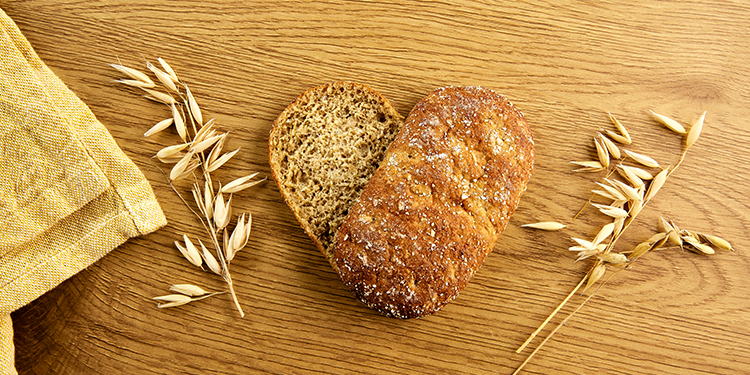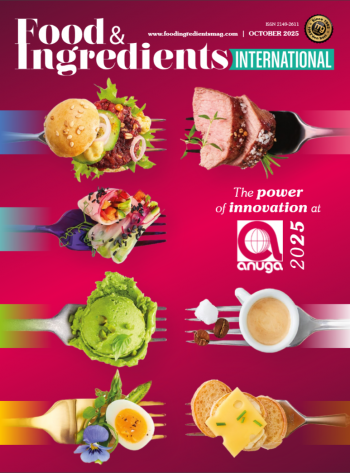According to the Great Bread Survey commissioned by Fazer, Finns consider fresh bread to be a real pleasure, and three out of four eat bread every day. According to the new National Nutrition Recommendations, Finns should add significantly more whole grains to their diet. The leading domestic bread producer Fazer Bakery responds to this need and has added more whole grain alternatives to its portfolio in order to achieve the national targets.
Among the respondents to the survey, whole grains were widely considered interesting when reflecting on their own bread consumption. In bread products, whole grain is an important selection criterion for 72% of Finns, and three out of four consider it a healthy choice. Interest in whole grains is strongest in older age groups.
In wholegrain bread the whole grain is utilised, including the fiber, vitamins and trace elements of the crust layer. Wholegrain bread can be both dark and white bread.
“Although the popularity of wholegrain bread has remained stable according to the study, we get far too little whole grain from our daily diet. Bread is an easy and quick user interface, as just 5–6 slices of whole grain bread a day are enough to meet the recommended intake. That number of slices is easy to divide into different mealtimes of the day, from breakfast to dinner,” says Marika Laaksonen, Senior Manager in Nutrition at Fazer’s Research and Innovation unit. “When you go to the store, you should pick up a package of bread and check its whole grain content. Both rye bread and oat bread are good sources of whole grains.”
For the first time, the National Nutrition Recommendations published in 2024 included a clear recommendation for whole grain intake: 90 grams per day. On average, Finns are halfway through this goal. Insufficient intake of whole grains is the most significant diet-based health risk factor.
Bread is part of a healthy diet
78% of the survey respondents knew that whole grains contain fiber.
“The fibre in grains maintains intestinal function, and the beta-glucan fibre in oats helps to reduce blood sugar rises. In addition, grains contain good carbohydrates, which are the main source of energy for the brain. Of the minerals contained in whole grains, iron is needed for the cognitive function of the brain. Grain is also a superior source of plant protein for Finns,” Laaksonen continues.
Finns are choosing oat bread more and more often
The popularity of bread has increased, and 30% of the survey respondents estimated that they had increased their use of bread.
“Oat bread has established its place, and it is considered both a tasty and healthy option that supports well-being: 40% of the respondents thought that the best-tasting bread is made from oats. 77% of the respondents considered oat bread to be a good choice for the stomach and heart,” says Katri Perälä, Research Manager at Fazer Bakery.
Bread is a key part of Finnish food culture, and high-quality Finnish bread is suitable for various occasions. The most significant use case is a weekday breakfast. Bread also plays a significant role in snacks and evening snacks eaten at home. As many as 91% of the Finns who responded to the survey thought that fresh bread tastes best in homely, everyday meals. Bread is also seen as a delicacy product, as 64% of the respondents said that they feast on bread on a weekly basis.
The importance of sustainability on the choice of bread is strengthened
According to the study, it is important for Finns that the bread they eat is baked nearby. In addition to the fact that the country of origin of the bread is Finland, 87% of the respondents thought that the raw materials of the bread should be of domestic origin. All products produced in Fazer’s bakeries in Finland are baked from Finnish grain.
Sustainability guides the choice of bread for 37% of the respondents, and it is of particular interest to young and older bread buyers. In 2023, the corresponding figure was 30%.
Source:
1) The Great Bread Survey 2025 / RedNote, n=1000 (sample corresponding to the Finnish population)




















